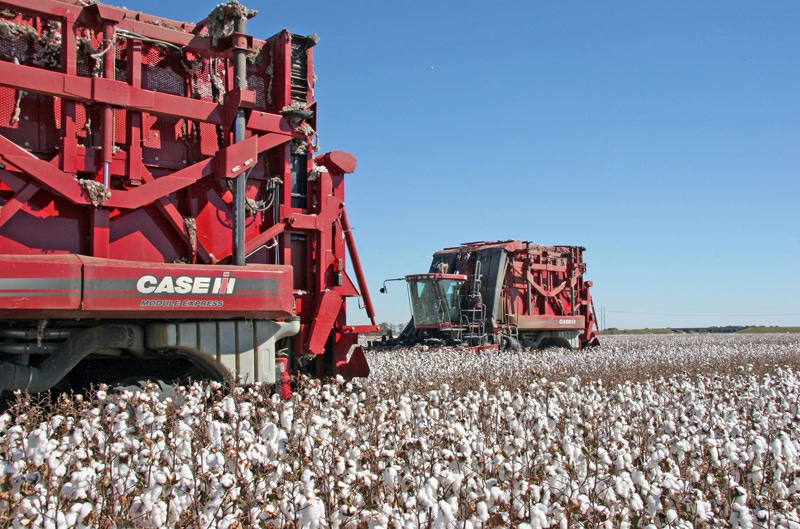February 15, 2011

National Cotton Council economists say a tight overall cotton supply/demand situation coupled with continued pressure from competing crops for the coming year is consistent with cotton prices above historical norms.
“As 2011 begins, the global cotton market is experiencing unprecedented prices with the ‘A’ Index at $2 and nearby futures trading in the $1.70s,” council economist Gary Adams said in his outlook for delegates at the NCC’s 73rd annual meeting. “Unlike the price spike of March 2008, the current price situation has support from the fundamentals.”
Adams, the NCC’s vice president, Economics and Policy Analysis, said a key issue to watch will be the ability to sustain cotton demand in the prevailing market conditions, particularly given the uncertain nature of the macroeconomic recovery. He said that consumers in developing markets such as China and India will increasingly become the drivers of global retail cotton demand.
“Growth in cotton demand bodes well for total cotton trade,” Adams said. “Increased mill use in China will require additional imports as available cotton stocks remain at low levels. In fact, for most countries, beginning stocks for the 2011 marketing year are at the lowest levels in recent years, and leave little room for further reductions during the upcoming marketing year.”
He said the increased import demand will create a positive environment for U.S. cotton exports, which are forecast at 15.6 million bales for the 2011 marketing year — the second highest level after the 2005 marketing year.
“U.S. stocks that began the marketing year under 3 million bales will fall to 2.3 million bales by July 31, 2011,” Adams said. “When compared to the past 50 years, ending stocks for the 2010 marketing year will represent a new low. The United States will be essentially sold out of cotton as any remaining stocks will be committed to a textile mill, either in the United States or abroad.”
The economist said that when combined with projected U.S. mill cotton use of 3.8 million bales, the demand base for U.S. cotton totals 19.3 million bales for the 2011 marketing year — although with little cotton being carried forward, U.S. cotton offtake could be dictated by the 2011 crop’s size. The NCC Planting Intentions Survey revealed that U.S. all-cotton plantings in 2011 of 12.5 million acres (14 percent higher than 2010) should generate a crop of 19.2 million bales, 18.5 million bales of upland and 671,000 bales of extra-long staple.
“With a projected U.S. crop smaller than total offtake, U.S. cotton stocks are expected to fall to 2.1 million bales by the end of the 2011 marketing year,” Adams said. “Globally, a modest increase in stocks is projected, but the overall stocks-to-use relationship does not materially change from 2010.”
U.S. textile recovery
Despite the pressure caused by higher fiber prices, Adams noted the recovery in the U.S. textile industry after more than a decade of decline. U.S. mill use has bounced back in recent months with current monthly estimates running 10 percent above year-earlier levels. The U.S. textile industry is being bolstered by the Upland Cotton Economic Adjustment Assistance Program (EAAP), which was authorized in 2008 farm law.
“EAAP funds have allowed U.S. cotton textile manufacturers to make significant investments in new textile machinery to increase efficiency, add capacity and expand into new product lines,” Adams said. “Funding has been used in the construction of new buildings and structural improvements to existing buildings. As a result, textile mills have added jobs, reduced costs, and increased their ability to be more competitive against foreign competition.”
Additional details of the 2011 Cotton Economic Outlook are on the NCC’s website at http://www.cotton.org/econ/reports/annual-outlook.cfm.
You May Also Like




